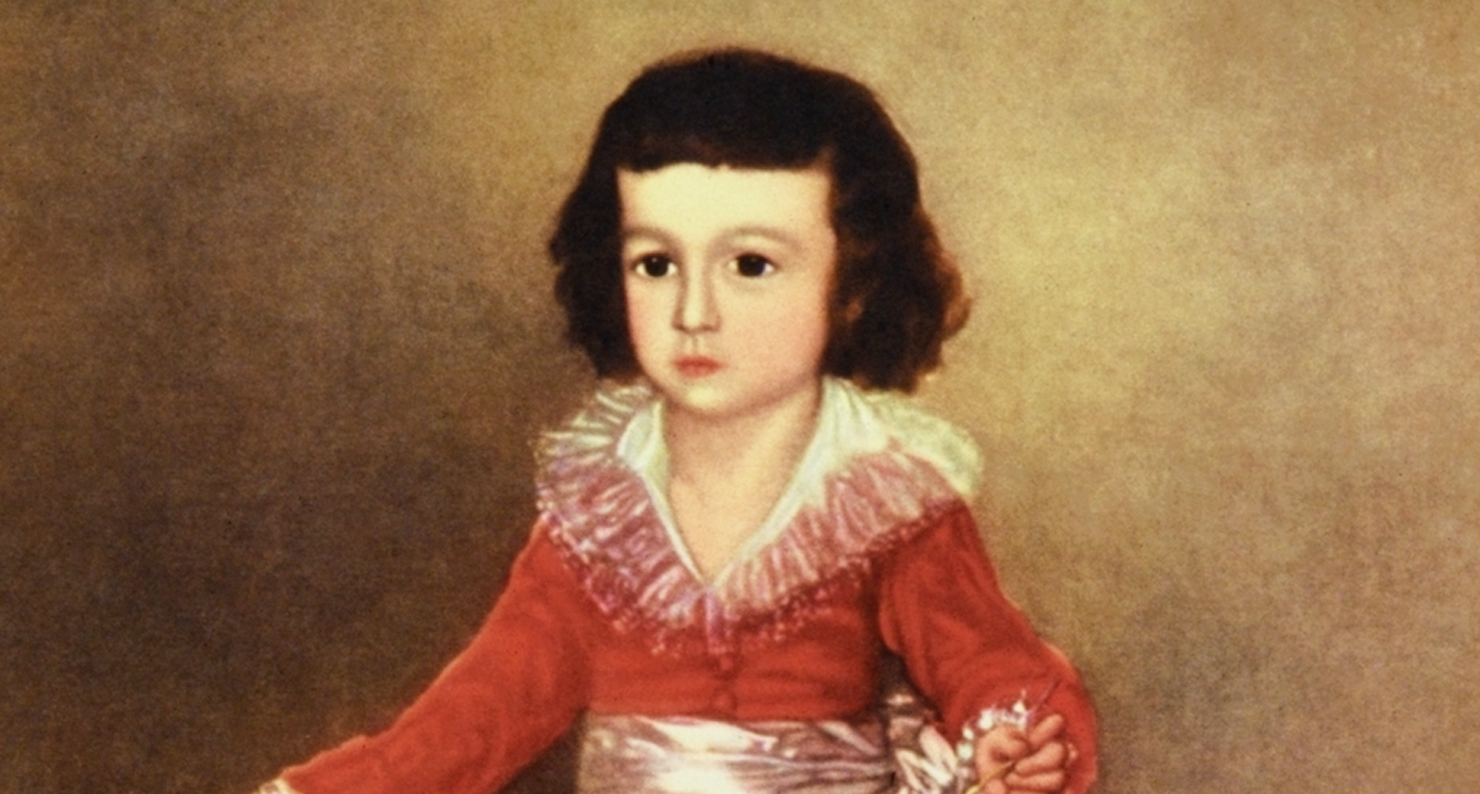
Don Manuel Osorio de Zuniga, by Francisco Goya, c. 1787. Metropolitan Museum of Art.
•“If games designers in the future were to look at the world of today, how would they interpret the actions of modern governments? Do the same goals as before apply or have we moved on? Are the objectives of contemporary societies different, and if so, just what would a player in a game of 21st-century grand strategy be trying to achieve?” The strategy behind twenty-first-century strategy games. (New Statesman)
• An examination of the literary orphan. (The New Inquiry)
• “The danse macabre, or death dance, another medieval invention, was an allegorical way of resisting as well as respecting the force of death. It comprises a chain of dancers, some living and others skeletons, moving together toward a grave—death being the equalizing force that brings all of us together, finally. Some more modern dances, like the tarantella, present themselves as assertions of survival, proving that one is still alive despite mortal injury. When we dance, the thinking goes, we are at the most alive we can be. Likewise, when we stop dancing, we die.” William Kentridge’s updated danse macabre. (Paris Review Daily)
• “But Alexievich is anything but a simple recorder and transcriber of found voices; she has a writerly voice of her own which emerges from the chorus she assembles, with great style and authority, and she shapes her investigations of Soviet and post-Soviet life and death into epic dramatic chronicles as universally essential as Greek tragedies.” Journalist Svetlana Alexievich becomes the first member of her profession to win a Nobel Prize for literature. (The New Yorker)
• At the Boston Museum of Fine Arts, protesters challenge French impressionism. (Boston Globe)
• “Goya’s (Lucian) Freud-like honesty about his sitters seems so clear in retrospect that it has always been a mystery why some of them put up with it. He clearly despised his last royal master Ferdinand VII, who looks sly, nasty, fat-faced and idiotic in the state portrait of 1814–15. And indeed, at that point, the contradictions of Goya’s position as court painter and fearless truth-teller became unsustainable.” A new exhibition of Goya’s paintings highlights the artist’s commitment to seeing what was there. (The Spectator)
• A cookie survived the sinking of the Titanic; it can be yours for £10,000. (The Guardian)